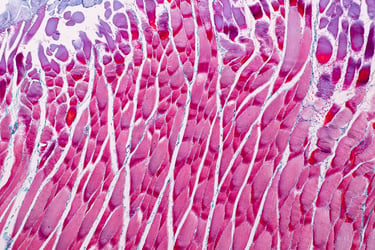eStoreRx™
Online Supplement Dispensary
eStoreRx™ is an easy direct-to-patient ordering & fulfilment program for lifelong wellness.
For over 40 years, Biotics Research Corporation has revolutionized the nutritional supplement industry by utilizing “The Best of Science and Nature”. Combining nature’s principles with scientific ingenuity, our products magnify the nutritional
eStoreRx™ is an easy direct-to-patient ordering & fulfilment program for lifelong wellness.
Biotics Research is proud to expand our commitment to education with the Wellness Unfiltered Pro Podcast. Each episode delves into key health topics and the clinical applications of our premier products. Through candid, insightful conversations, our team offers practical guidance to keep you informed and empowered as a healthcare professional.
January 08 2026
Research on ketogenic diets – a.k.a. ketogenic metabolic therapy (KMT) – is expanded across a range of applications. Research on the efficacy of any d...

The mechanisms responsible for progressively worsening glycemic control are poorly understood. In a study by Gavin TP, et al. it was observed that “lower skeletal muscle mitochondrial respiratory capacity is associated with low insulin sensitivity and the development of T2D.” The insulin sensitivity in skeletal muscle was investigated, and the difference between well (WCD) and poorly (PCD) controlled T2D was determined. They also determined if the “skeletal muscle insulin sensitivity was different between well (WCD) and poorly (PCD) controlled T2D, and if the difference was associated with differences due to mitochondrial respiratory function.” It was determined that both insulin sensitivity (SI) and acute response to glucose (AIRg) were lower in PCD as compared to WCD. The study concluded that the “current results suggest that greater skeletal muscle incomplete FAO [fatty acid oxidation] in poorly controlled T2D is due to elevated β oxidation and is associated with worsening muscle insulin sensitivity.”
Gavin TP, Ernst JM, Kwak H-B, Caudill SE, Reed MA, Garner RT, Nie Y, Weiss JA, Pories WJ, Dar M, Lin C-T, Hubal MJ, Neufer PD, Kuang S, Dohm GL. High incomplete skeletal
muscle fatty acid oxidation explains low muscle insulin sensitivity in poorly controlled T2D. J Clinical Endocrinology & Metabolism. 2017 15 November. https://doi.org/10.1210/
jc.2017-01727.
Submit this form and you'll receive our latest news and updates.
*These statements have not been evaluated by the Food and Drug Administration. This product has not intended to diagnose, treat, cure, or prevent any disease.
Proposition 65 Warning
© 2025 Biotics Research Corporation - All Rights Reserved
Submit your comment